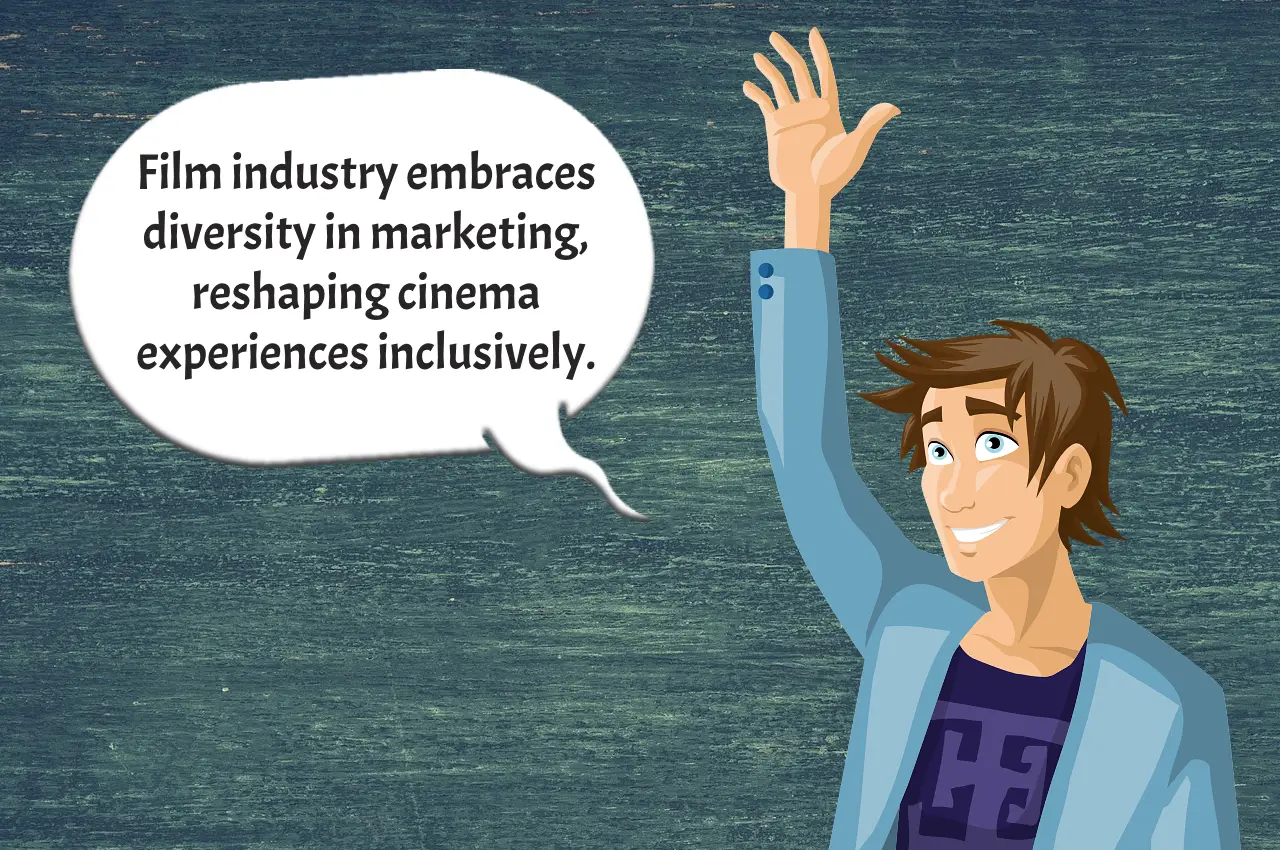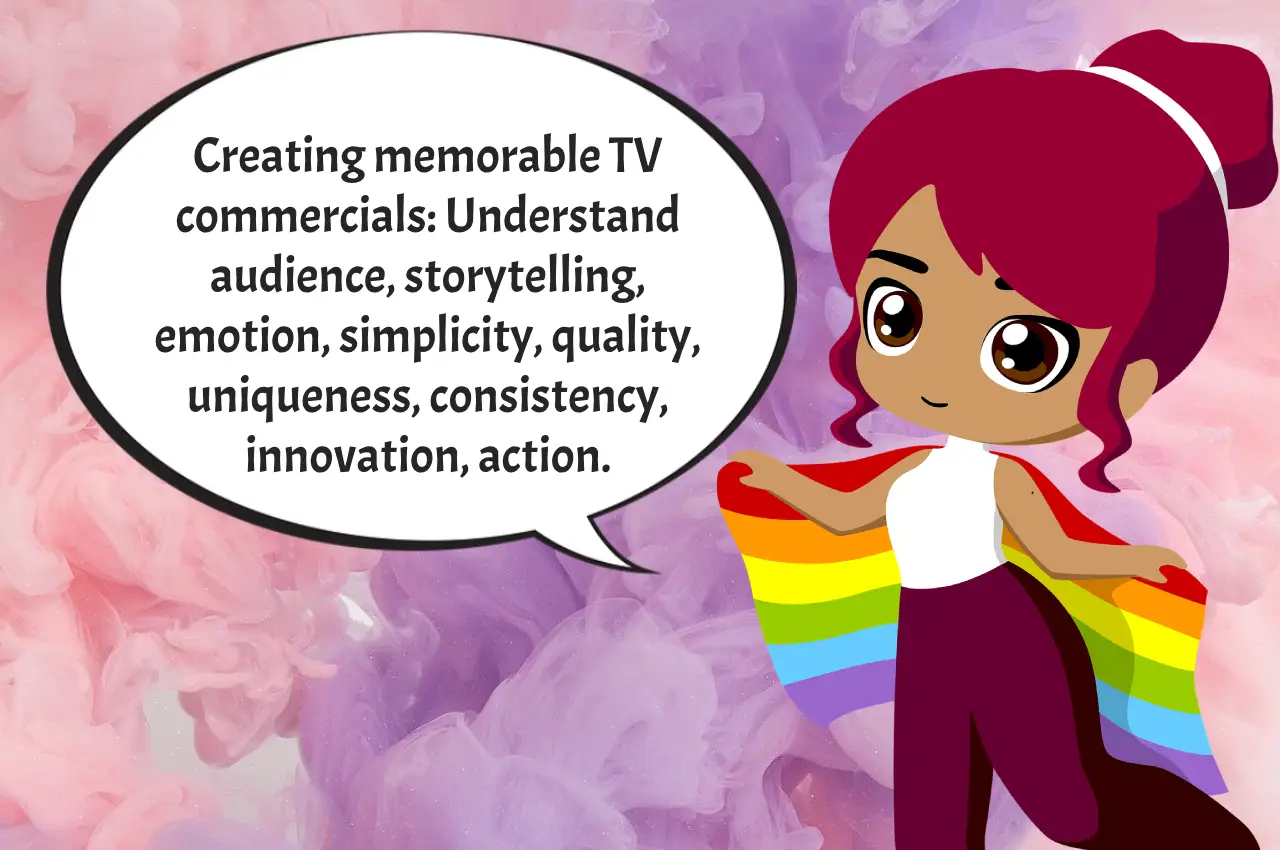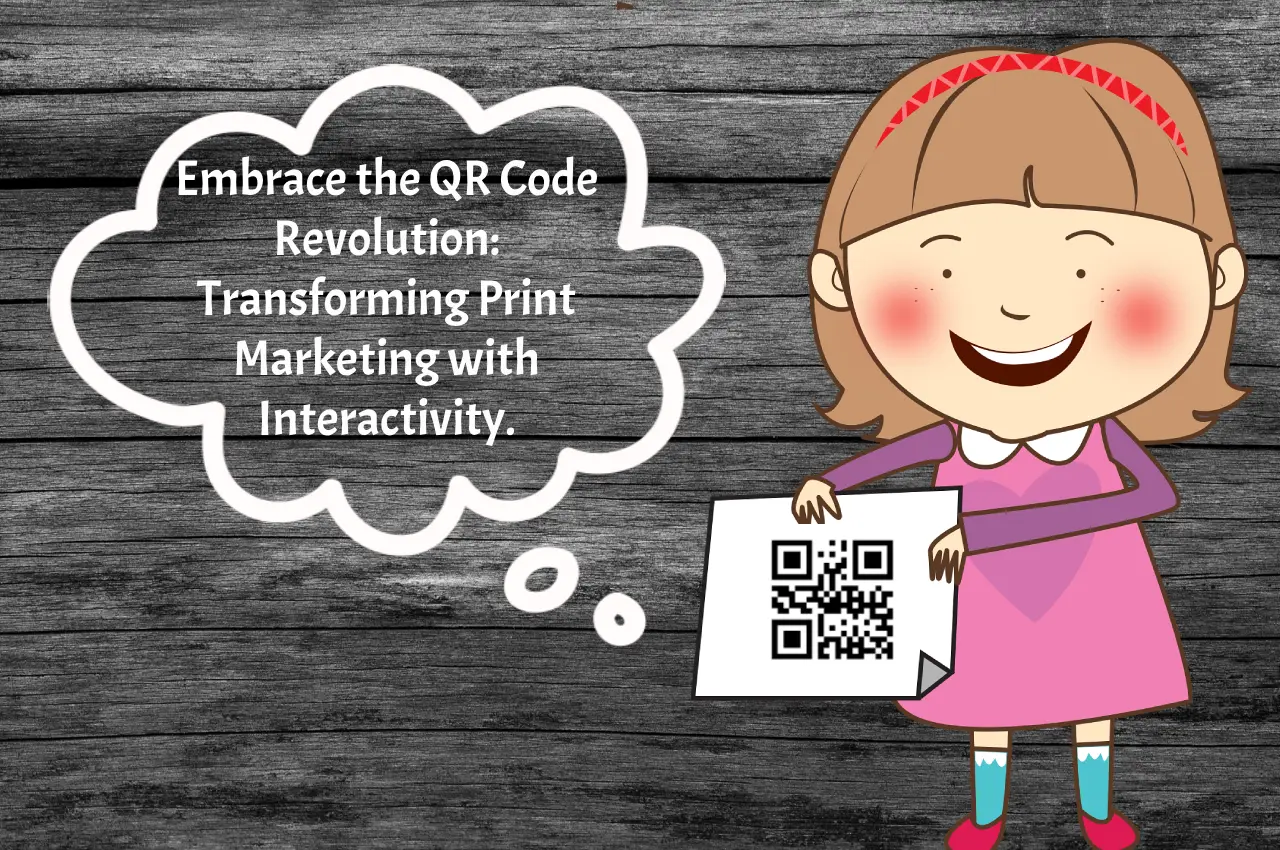The film industry is witnessing a pivotal shift in marketing strategies, where diversity and inclusion (D&I) have become central. This transformation is not just a trend but a reflection of societal changes. Let’s explore how this evolution is reshaping cinema with inclusive movie marketing.
Understanding Diversity and Inclusion
Diversity encompasses various identities – race, gender, sexual orientation, and disabilities. Inclusion means ensuring these groups feel represented and respected. In movie marketing, it’s about campaigns that resonate with a diverse audience.
The Power of Inclusive Movie Marketing
Marvel’s “Black Panther” is a prime example. Its marketing celebrated African culture, connecting with audiences worldwide. This approach led to massive box office success and sparked discussions on representation.
Pixar’s “Coco” is another success story. It embraced Mexican culture, attracting Hispanic viewers and a global audience. Such examples show how inclusive marketing can achieve commercial and critical acclaim.
Diversity Missteps: A Cautionary Tale
Ignoring diversity can lead to negative outcomes. The “Ghost in the Shell” marketing, featuring Scarlett Johansson in a role meant for an Asian character, faced whitewashing accusations. This hurt the film’s reputation and box office results.
Beyond the Screen: Inclusive Marketing in Action
Inclusive movie marketing extends to events and merchandise. “Wonder Woman’s” marketing included female empowerment events, showing commitment to the film’s values.
Social Media: A Catalyst for Diversity
Social media offers a platform for diverse voices. “Moonlight” utilized it to highlight LGBTQ+ themes, engaging often overlooked communities.
Measuring Diverse Marketing Success
Success isn’t just in box office numbers. It’s about the societal impact and dialogue a campaign generates. A successful campaign resonates with diverse groups and encourages conversation.
The Future of Movie Marketing
The trend towards inclusive marketing will grow. Audiences seek authenticity and representation. Films recognizing this will stand out.
Viewer Power: Shaping the Industry
Viewers have power. Supporting films with inclusive marketing encourages industry diversity. Our choices influence the films made and their marketing.
The Role of Studios and Filmmakers
Studios and filmmakers play a crucial role. They must commit to diversity in their projects and marketing strategies. This commitment can be seen in casting choices, storytelling perspectives, and marketing materials.
Inclusive Casting: More Than a Trend
Inclusive casting is vital. It ensures that actors from diverse backgrounds get representation. Films like “Black Panther” demonstrated this. Released in 2018, “Black Panther” featured a predominantly black cast and showcased diverse representation both in front of and behind the camera. The film’s immense success at the box office, coupled with critical acclaim, highlighted the demand for more diverse storytelling in mainstream cinema.
Storytelling that Reflects Diversity
Stories reflecting diverse experiences are important. They resonate with underrepresented audiences and enrich the viewing experience for all. Movies like “Parasite” and “Moonlight” broke barriers by telling unique, culturally rich stories.
Marketing that Speaks to Everyone
Marketing must speak to diverse audiences. This means using diverse imagery, themes, and channels to reach different demographic groups. It’s about understanding and respecting cultural nuances.
Challenges and Opportunities
The road to inclusive movie marketing isn’t easy. It involves overcoming biases and understanding diverse audiences. However, the opportunities are immense. Diverse marketing can open new markets and deepen audience loyalty.
Collaboration Across the Industry
Collaboration is key. Studios, marketers, and creators must work together. They should share best practices and learn from each other to improve D&I in marketing.
The Global Market: A Diverse Audience
The global film market is diverse. Understanding and catering to this diversity is crucial. Films must resonate with audiences across different cultures and regions.
Technology and Data in Diverse Marketing
Technology and data play roles in understanding diverse audiences. They help in tailoring marketing strategies to different demographic groups, ensuring more effective and inclusive campaigns.
Ethical Considerations in Marketing
Ethical considerations are paramount. Marketing should respect cultural sensitivities and avoid stereotypes. It’s about promoting diversity without exploiting it.
Have you experienced an inclusive movie marketing campaign that stood out for its inclusivity? We want to hear from you. Share your thoughts in the comments. Let’s discuss how diversity in marketing shapes our film experiences and expectations.





